The newly discovered layer has an almost imperceptible width, allowing it to escape the notice of older imaging and experimental techniques.
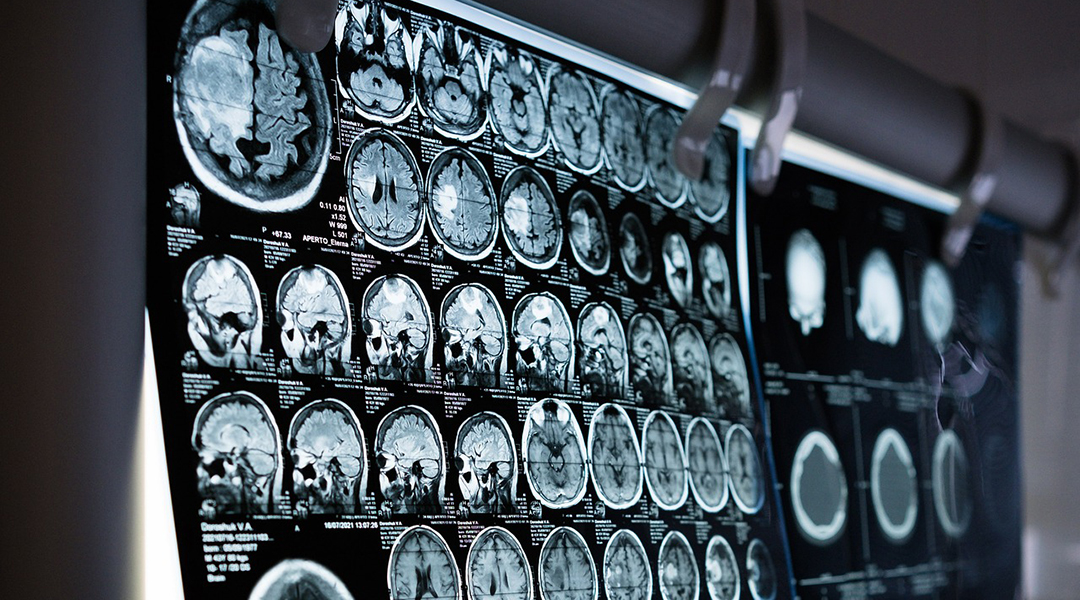

The newly discovered layer has an almost imperceptible width, allowing it to escape the notice of older imaging and experimental techniques.
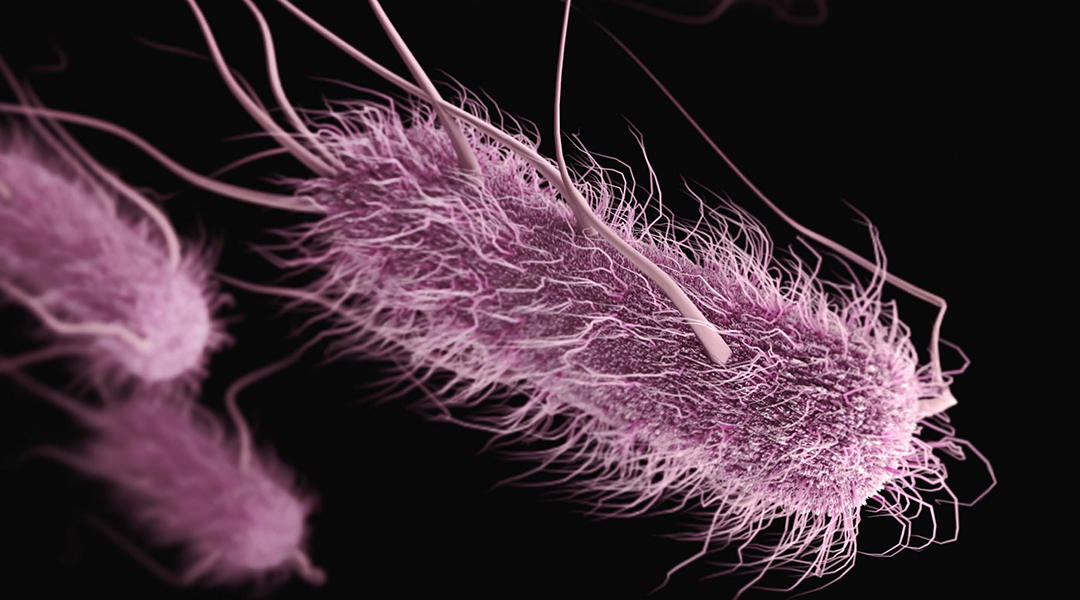
Incorporating polymer skeletons inside bacteria stops them from replicating and results in cyborg cells that are half living, half artificial.
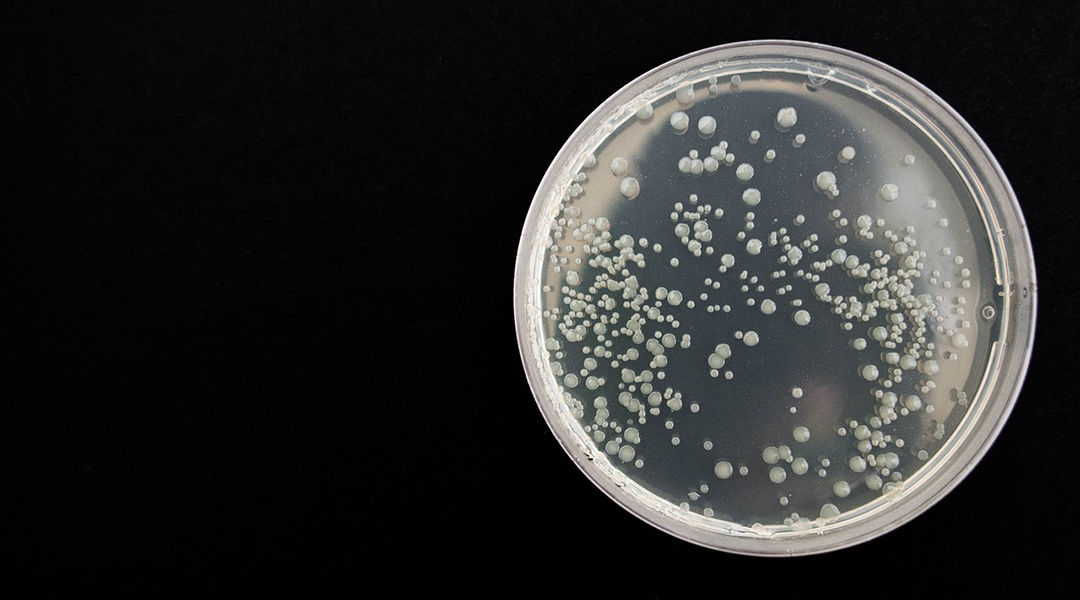
It is generally accepted that a community of beneficial bacteria make up the lung microbiome, but their origin and formation have remained unclear — until now.
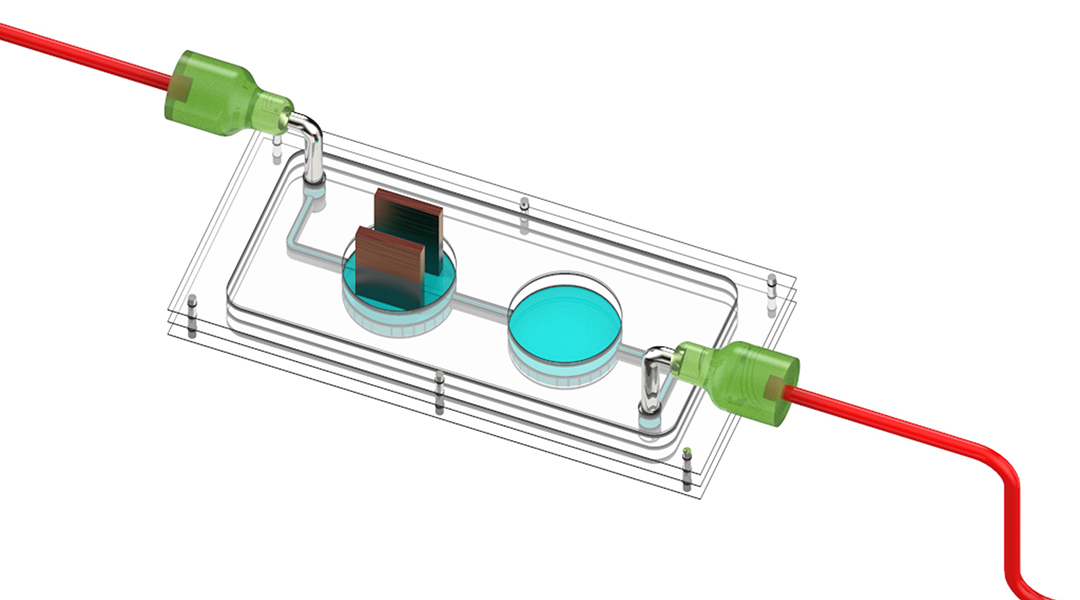
The device provides a powerful tool for studying and treating diabetes, allowing personalized modelling by using patients’ own cells.
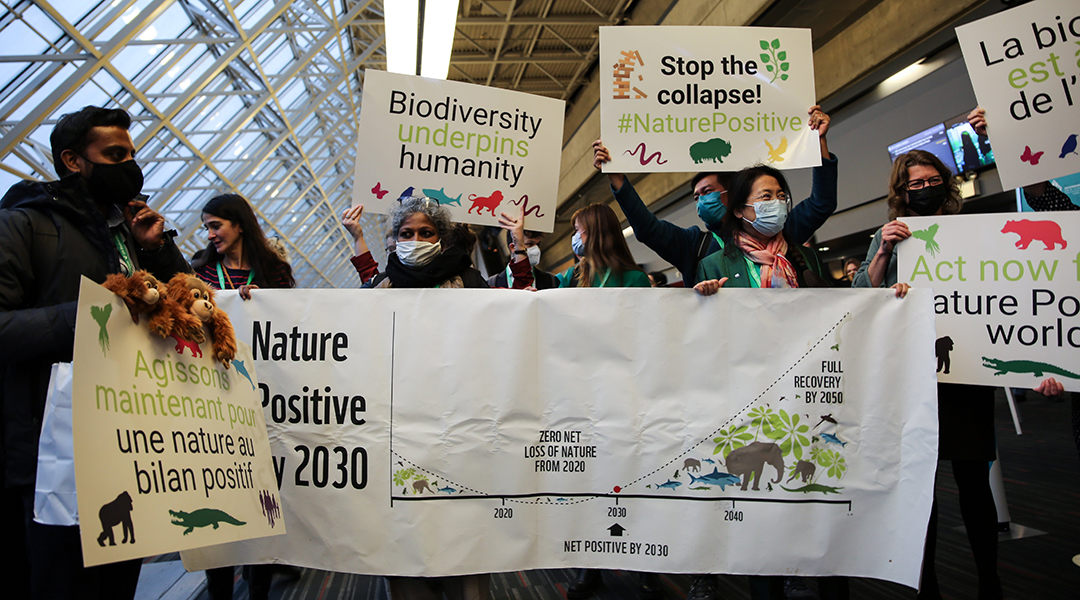
Scientists argue that guaranteeing unimpeded access for researchers to all COP15 member countries’ territories should be added to the Convention on Biological Diversity.
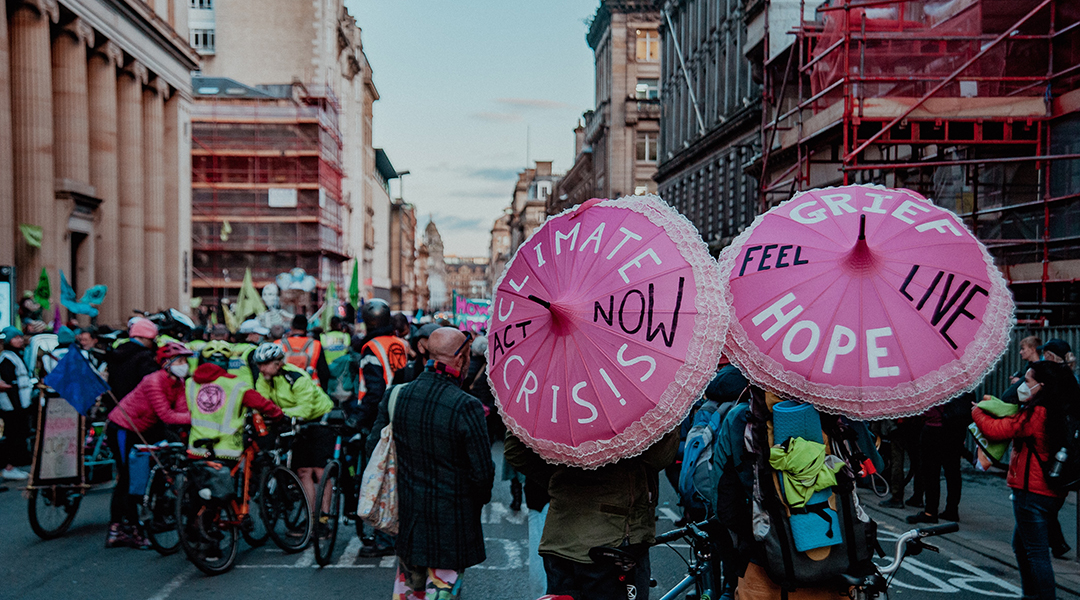
A lot is riding on COP27, and while many are feeling the pull of cynicism, there are still many reasons to remain optimistic.
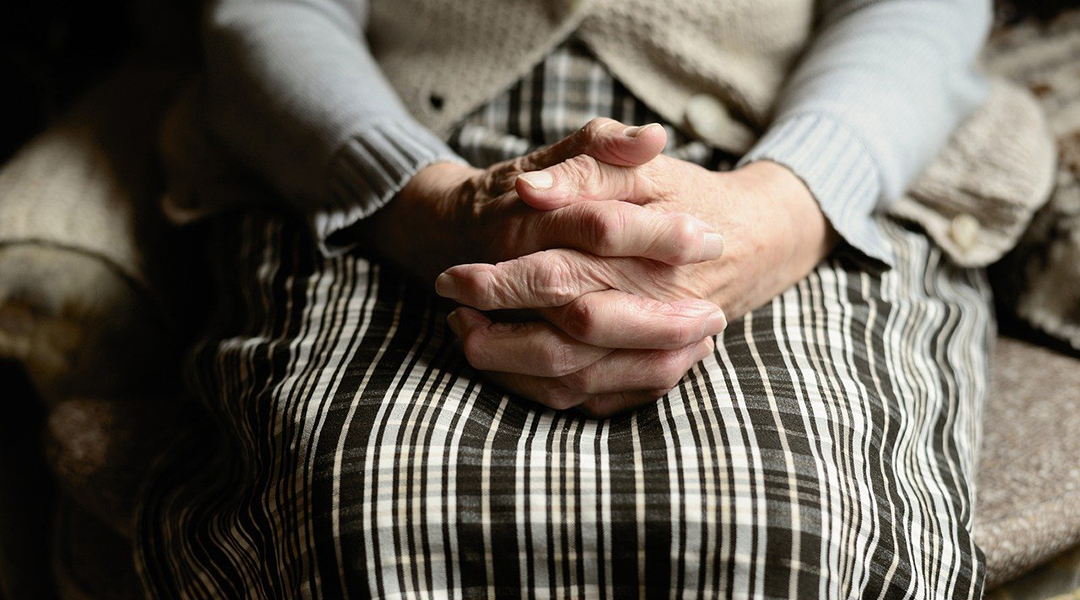
A short course of the drug rapamycin in mice and fruit flies provided anti-aging benefits and an extended lifespan.
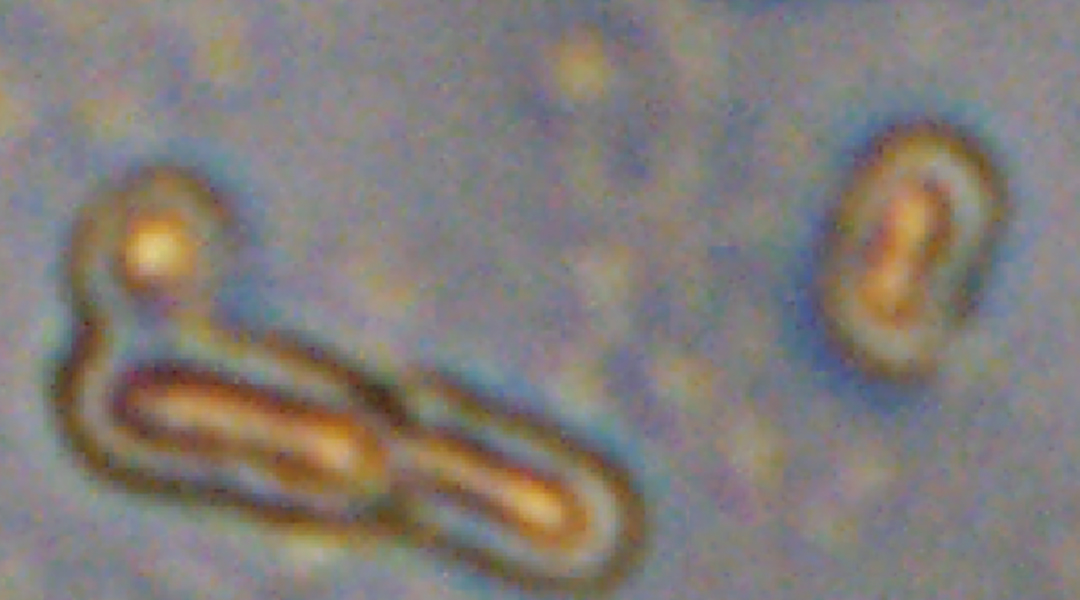
Implants containing cyanobacteria help produce oxygen within heart tissue to repair damage done after a heart attack.
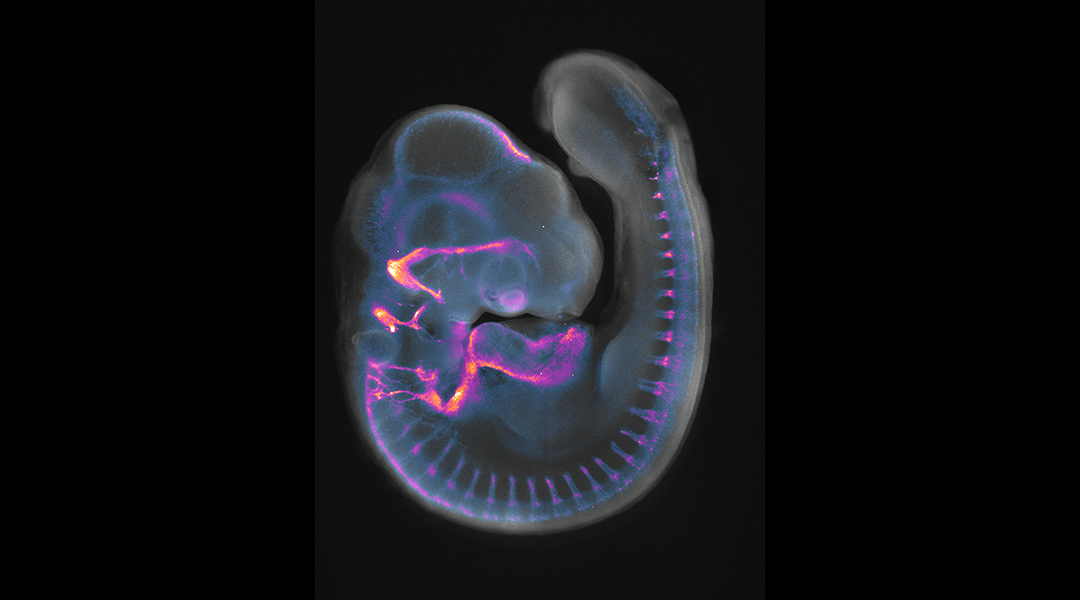
It turns out that a single factor is responsible for ear cell development, which could one day be used to treat disease and malformations.
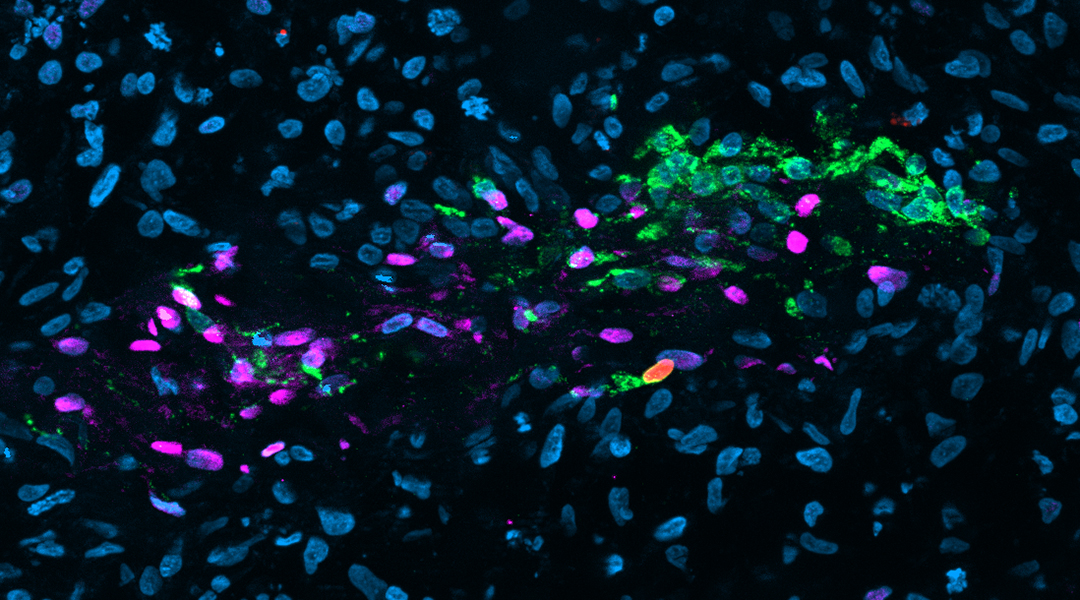
Dehumidifying pendants, the origins of olfactory neurons, microspectrometers, and transforming cancer agents.